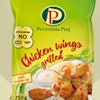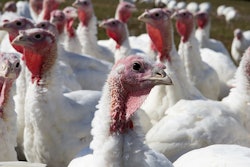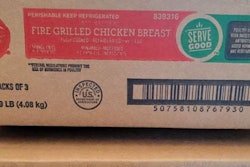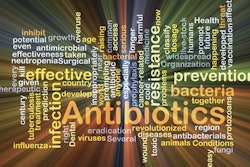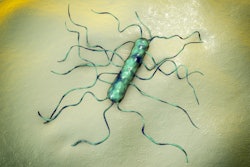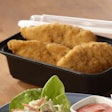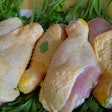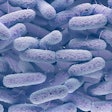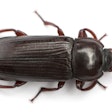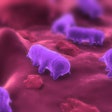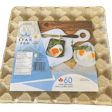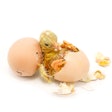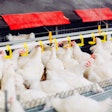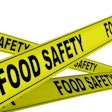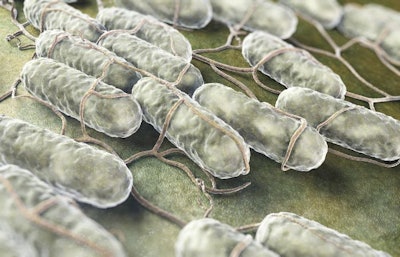
Coordination between live production and processing plant leadership advances Salmonella control.
On May 18, 2022, at the U.S. Poultry & Egg Association Poultry Processor Workshop in Nashville, Dr. Douglas Fulnechek, a senior public health veterinarian with Zoetis Inc., discussed pre-harvest best practices for Salmonella prevention.
“A robust food safety system is essential. It's not an option in America. It's an essential thing. It's a basic cost of doing business,” he said. “A robust food safety system will prevent people from getting sick. It'll avoid recalls.”
Salmonella
In 2021, the U.S. Department of Agriculture (USDA) announced its intention to overhaul how it views and regulates Salmonella in the poultry industry. The move is pending and subject to public comment, but it would make the agency’s motive to target and reduce the prevalence of the most pathogenic strains of the bacteria.
Fulnechek said regulators consistently demand a decline in foodborne illness caused by Salmonella and so far failed to meet their own objectives. The Healthy People 2030 goals will, again, look to reduce the incidence of sickness due to Salmonella infections. The poultry industry will be scrutinized and, likely, preharvest interventions will be highly recommended by the USDA.
Salmonella arrives in birds and potentially contaminates products. Best practices by the grower and the integrator can reduce the incidence of Salmonella in the processing plant and boost the performance of the bird.
These best practices require the cooperation of all levels of the operation.
Breeders
The most significant aspect of Salmonella control in breeder flocks is the vaccination of pullets and use of every available vaccine. Autogenous and live, or modified live, vaccines to prevent Salmonella infection in offspring. A modified live vaccine applied via spray lowers the Salmonella load.
A robust pest control operation is required in a breeder operation. Both insects and rodents transport pathogens into the house. Moreover, sanitation of facilities is paramount and workers must be thorough.
All staff must follow strict biosecurity measures, too. Footwear should be clean. Only clean eggs should be collected. Dirty eggs should be discarded or segregated. He also recommended disposal of Salmonella positive flocks.
Additionally, Fulnechek emphasized the role of ventilation in controlling Salmonella. Poor ventilation can pull contaminated air into the hatchery.
Feed mill
Pelleted feeds must be heated to a lethal 185ºF (85º C). If feeds are not pelletized, a propionic acid or formaldehyde should be used. If feed is pelleted, watch out for recontamination in the pellet cooler from condensation.
Avoid aflatoxins in feed because they cause poor intestinal health. Gut performance is key to bird performance and a healthy gut is less hospitable to a Salmonella colony.
Grow out
The first line of defense on a broiler or turkey farm is the pest control program. Insects and rodents bring disease onto the farm.
Next, a solid ventilation program will prevent the conditions which allow Salmonella to prosper in the house. This keeps litter moisture at a level inhospitable to the pathogen.
Keeping disease out of the house is essential. Avoid bringing bugs in by following strict control of footwear and other biosecurity measures.
Fulnechek recommended vaccinating broiler chicks at hatch. Applying a booster provides the best immunity. Boosters should be applied as late as possible inside the constraints of contract.
Ahead of processing, birds should be given more space and drinking water should be acidified. Feed withdrawal can be optimized, too. Steady state consumption deprivation is essential ahead of feed deprivation.
If a problem flock can be identified, its harvest should be managed.
Data review
Both the live production and processing plant leaders must review Salmonella data and look for signals either confirming the success of those efforts or demonstrating something unexpected. Everyone needs to look for Salmonella signals in the data.
Live production and plant staff must attend USDA Food Safety and Inspection Service (FSIS) meetings monthly. Communication with plant staff and regulators informs live-side workers of issues they would otherwise miss and can help solve them.
Future benefits
In the future, Fulnechek predicted the USDA’s FSIS will emphasize implementation and documentation of a food safety plan. Collaboration between the live and plant operations, and exemplary performance and record keeping, could result in regulators placing plants in a favorable position of regulatory review going forward.


